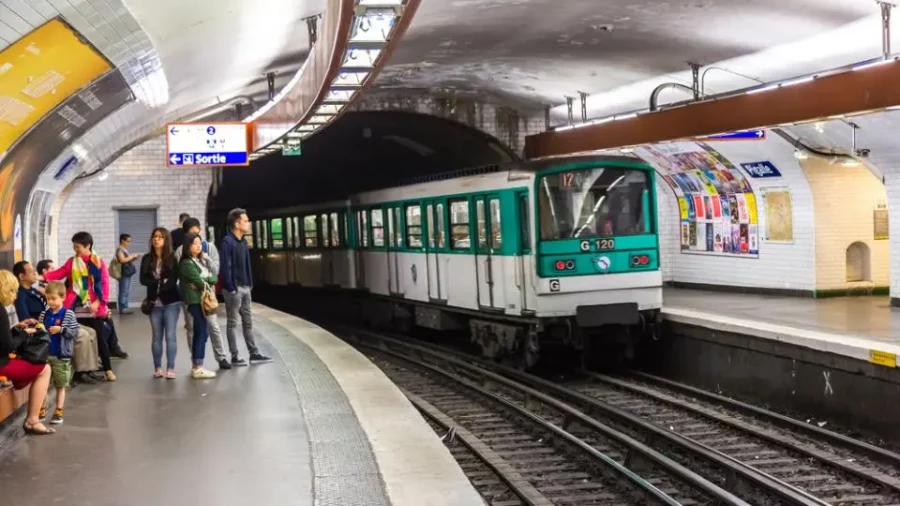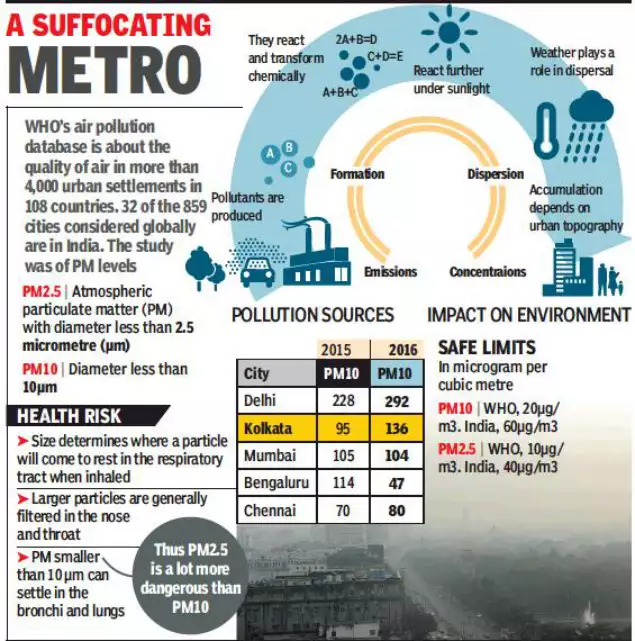
It is officially no longer compulsory to wear a mask in the metro, even if, given the promiscuity, it is still highly recommended to avoid catching all sorts of germs. On the other hand, the abnormally high level of pollution in the stations is rarely mentioned. Is it advisable to wear an antipollution mask in the metro?
Is the air in the metro more polluted than the outside air ?
The quantity of fine particles is up to ten times higher in the corridors and tunnels of public Great Paris transport than in the outside air. These particles come from brake pads, friction between the wheels and the rails, wear and tear on the trains, and also from construction work. It is estimated that around 450 tonnes of material are emitted each year in the metro.
Subway stations in five US cities have surprisingly high levels of indoor air pollution (Environ. Health Perspect. 2021, DOI: 10.1289/EHP7202). These subterranean emissions may raise the risk of heart and lung disease in commuters and transit workers. Same issue in India and anywhere all over the world.

After an initial study that revealed levels of fine particle pollution in Parisian metro stations that were much higher than the air outside, the Respire association published a new study at the beginning of 2021, reporting measurements that were up to ten times higher than those taken and communicated by RATP the Parisian public transport company. These measurements were carried out in partnership with the RATP’s autonomous union and a CNRS researcher, Jean-Baptiste Renard. RATP contested these results “taken with portable devices that are not reference fixed monitoring devices, placed in 3 Paris stations”.
As polluted as Beijing or New Delhi …
Respire’s figures show pollution levels in some stations comparable to those of cities like Beijing or New Delhi, which are known for their very poor air quality. For the association, the RATP’s measurement system is insufficient: “Three sensors for a network of more than 300 stations, with enormous disparities, are not representative of reality. A more developed monitoring network is needed.
In addition to the millions of daily users, the 26,000 employees of the RATP are also concerned: drivers, security guards, inspectors, maintenance workers and the 8,000 workers responsible for maintaining the network. The CFDT a French trade union has made this one of its battle horses vis-à-vis management.
What about wearing an antipollution mask in the metro ?
Wearing a Frogmask antipollution mask could fully protect underground transport users and professionals. With its FFP2 filter, it blocks fine particles down to 0.4µm and its high breathability means that it can be worn for long hours without being more uncomfortable than a conventional paper mask, but with the added protection.
With two nosebands, one on the FFP2/N95 filter and the other on the mask, the exhaled air does not go up the nose and therefore does not create fogging for glasses wearers.
